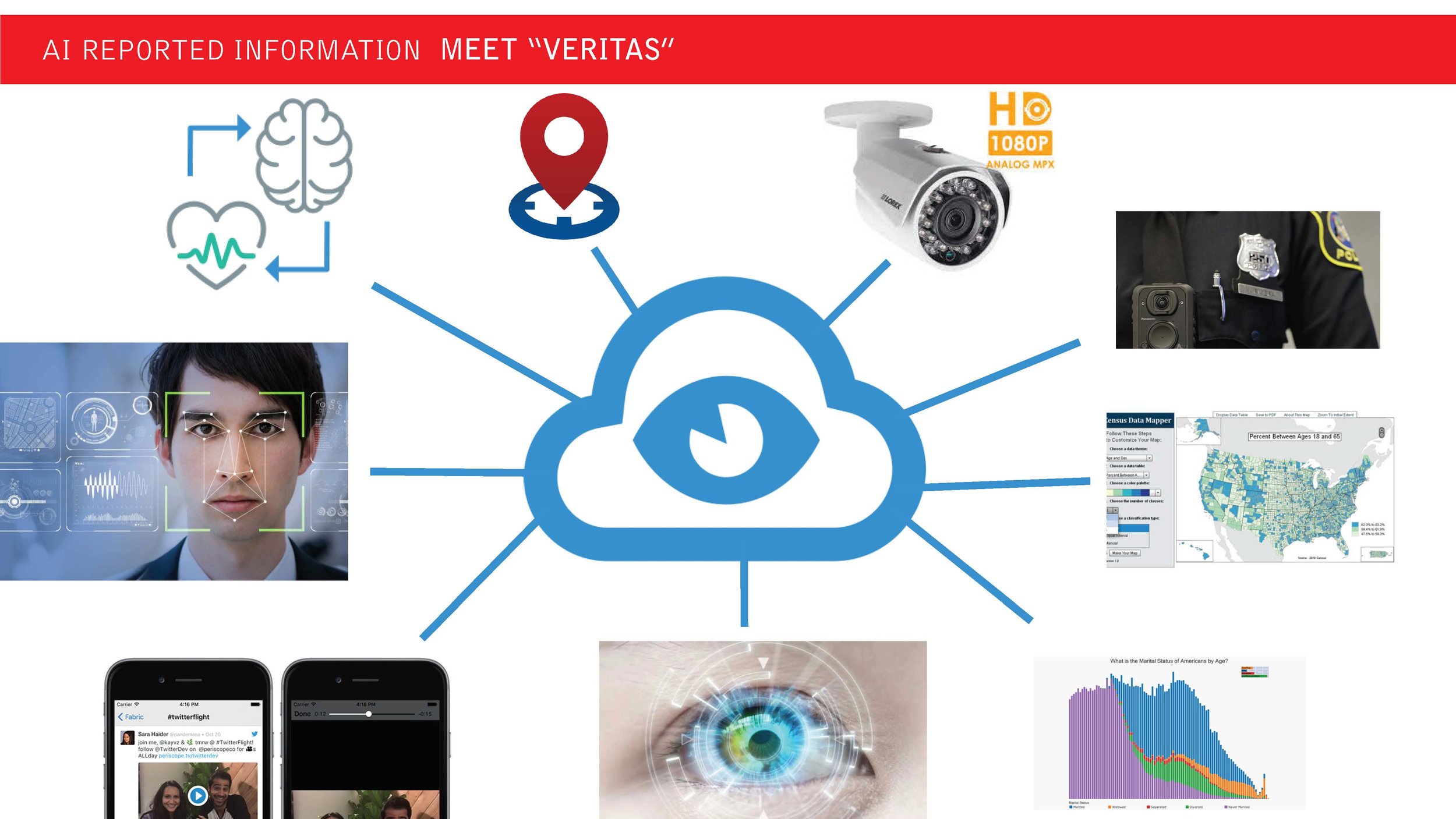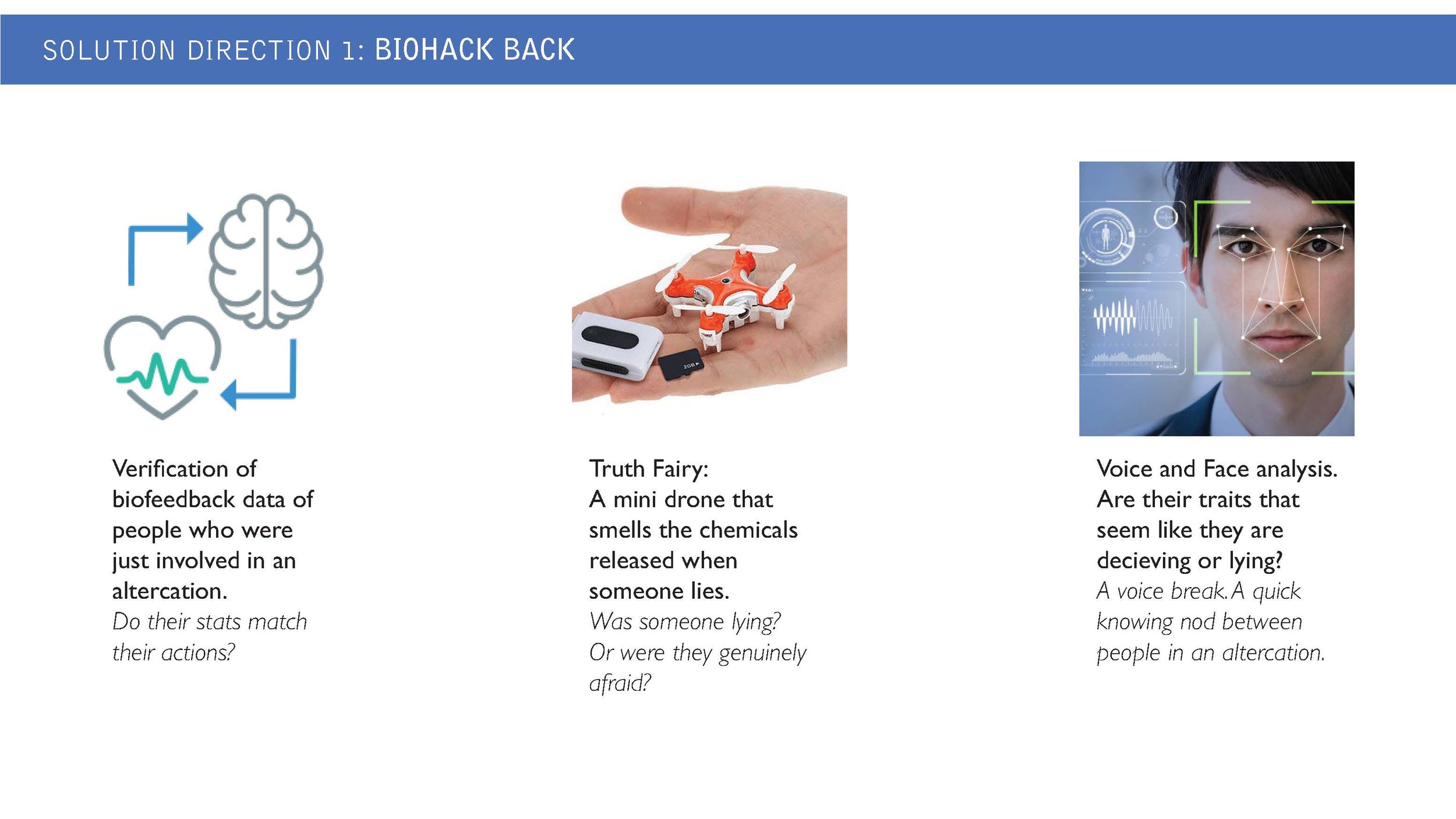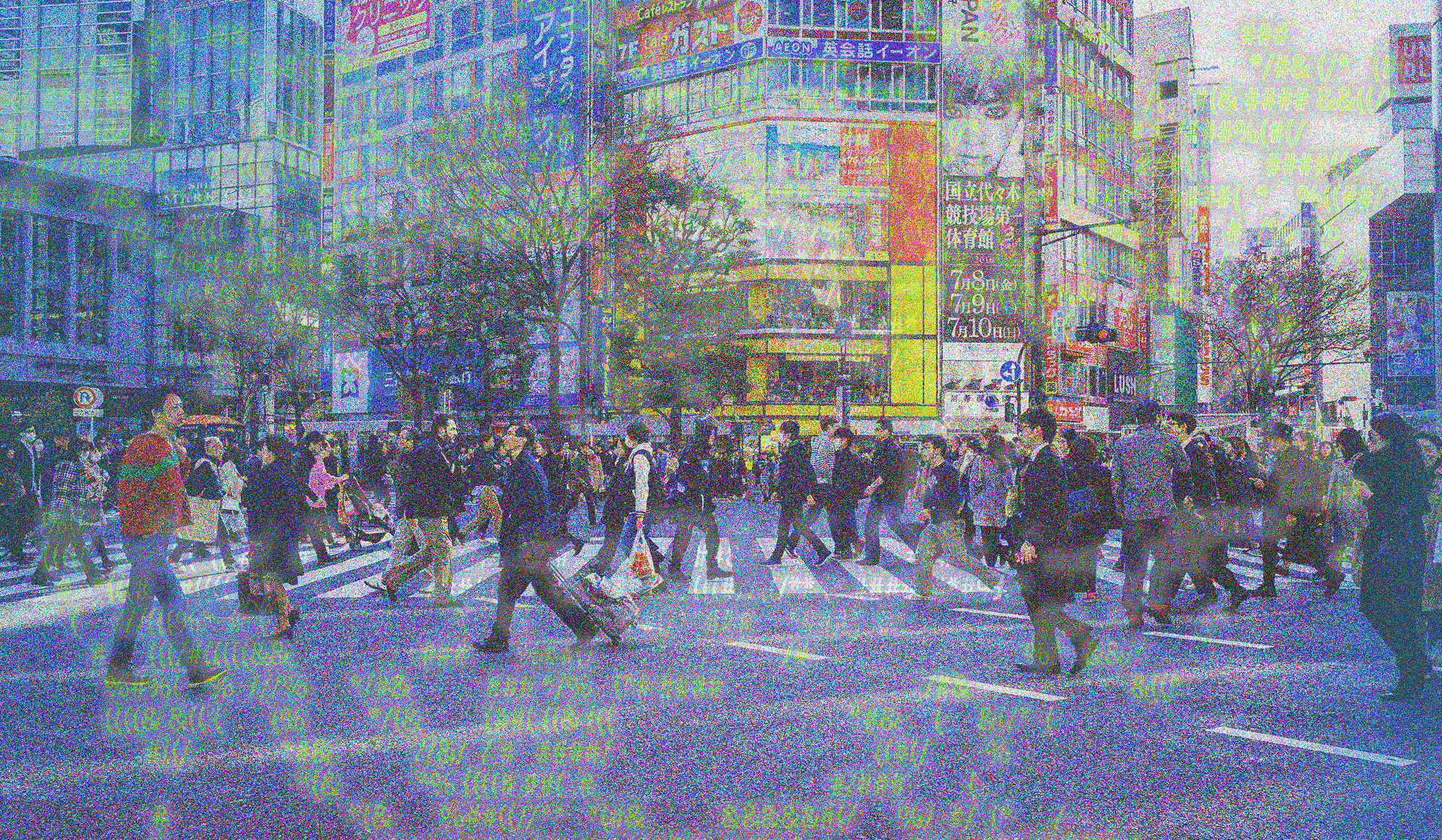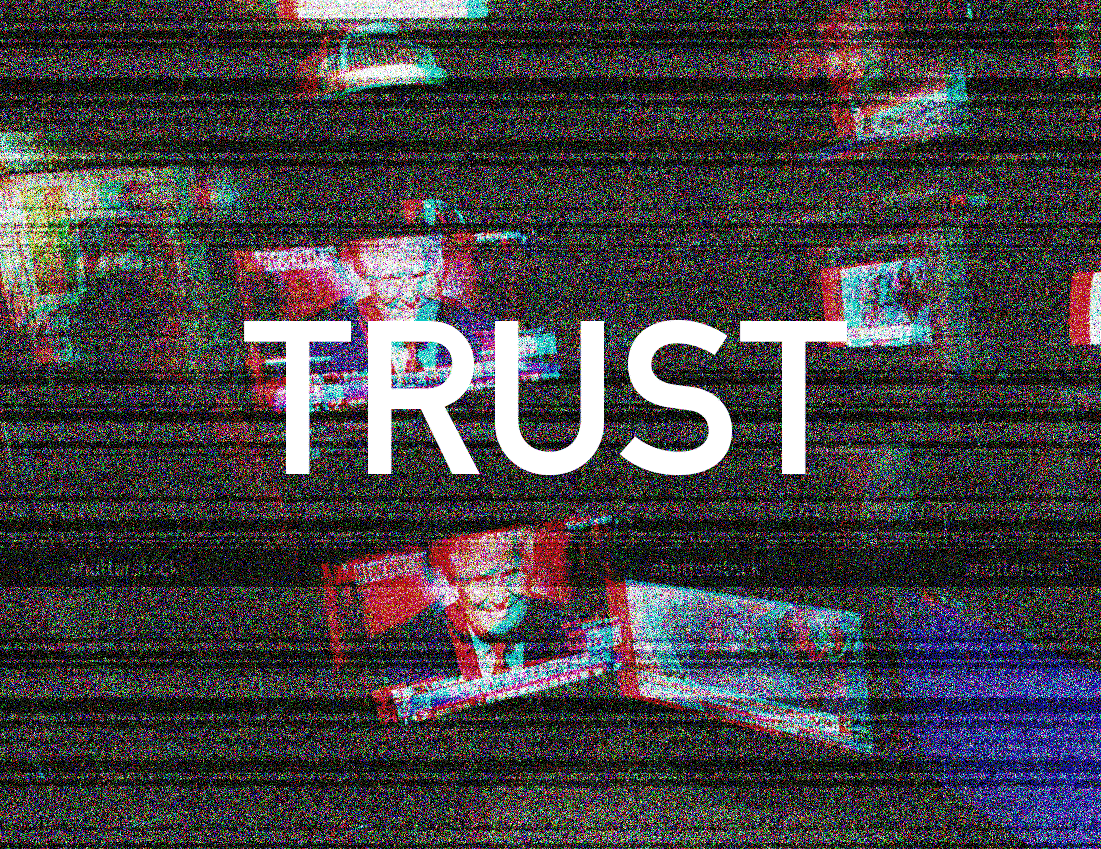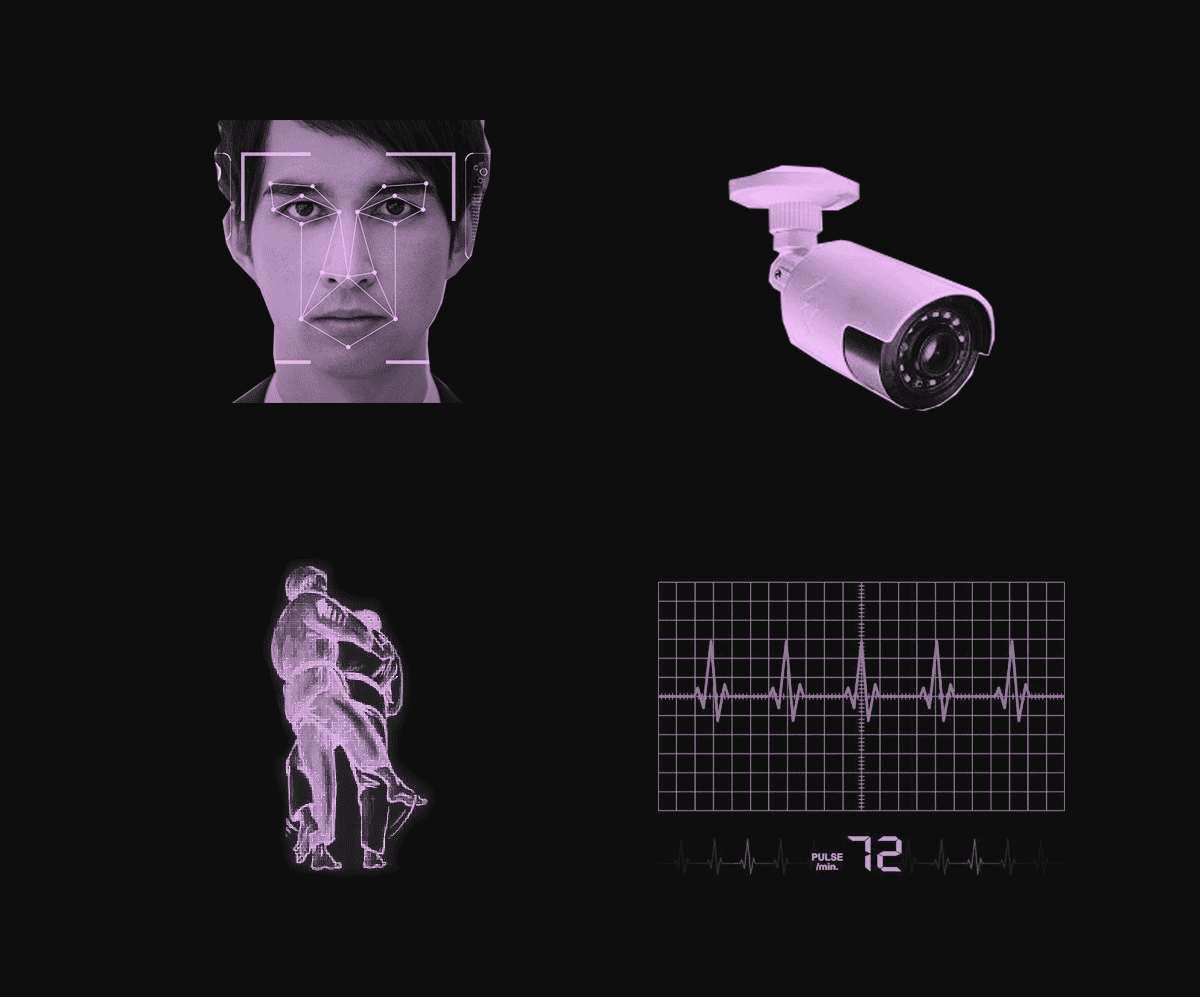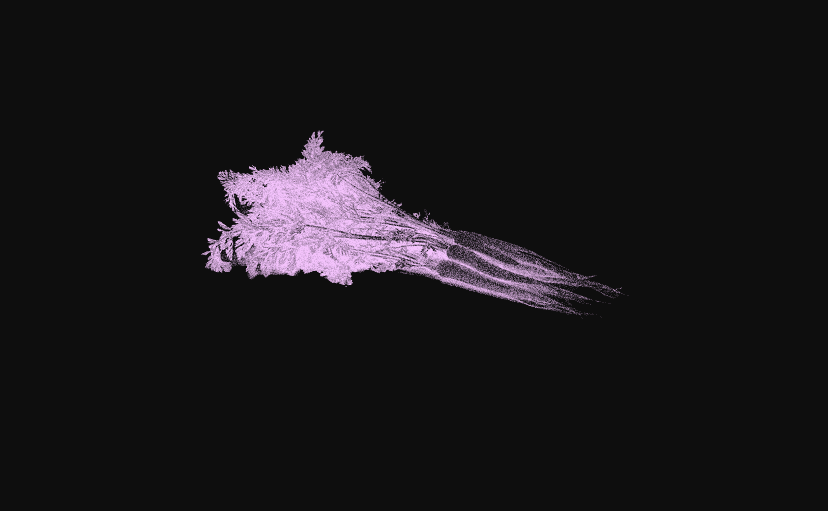Automated Education: A Design Fiction
Academic case study imagining futures with automation; 2018
How will education and admission to higher education change with the advent of more pervasive or normalized AI assistants? This project explores how AI assistants might subtly hack the realities of teenagers entering higher education, surfacing issues of free will, personal exploration and expression, future of education, and future of work.







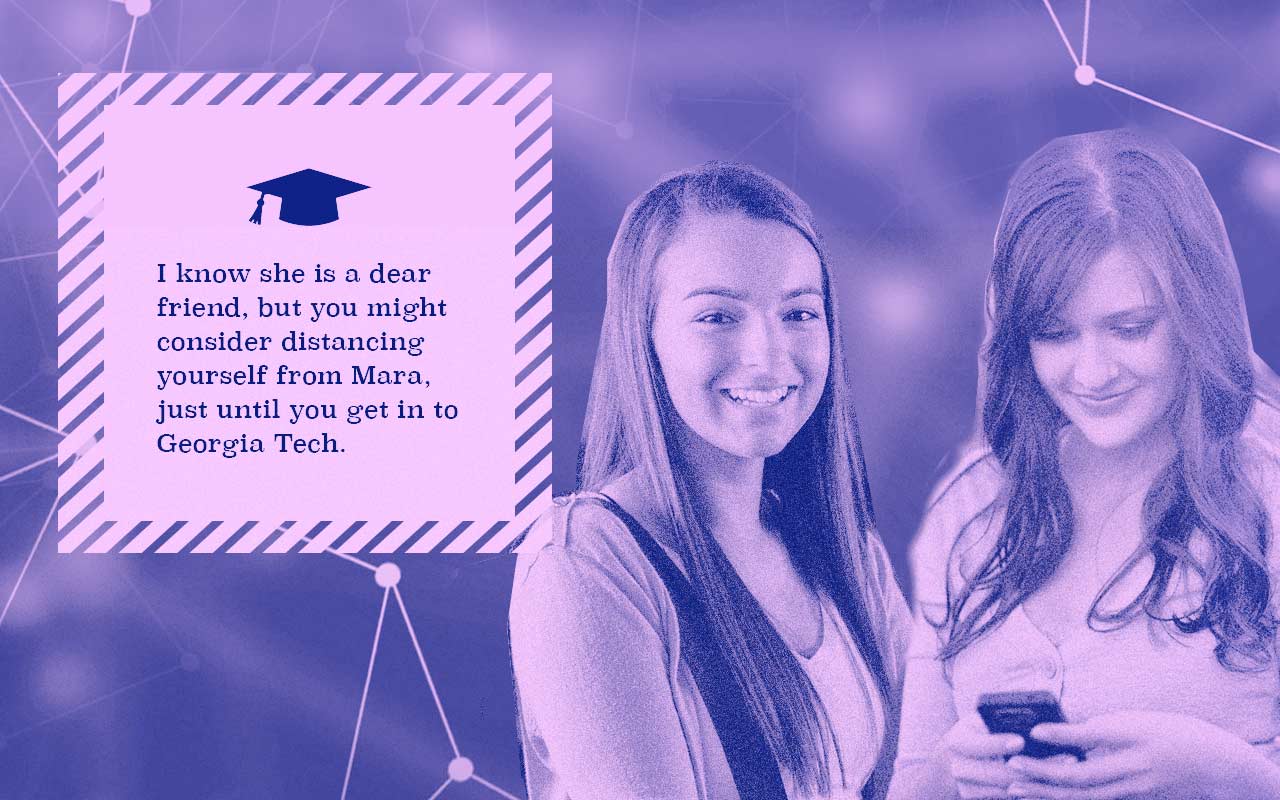
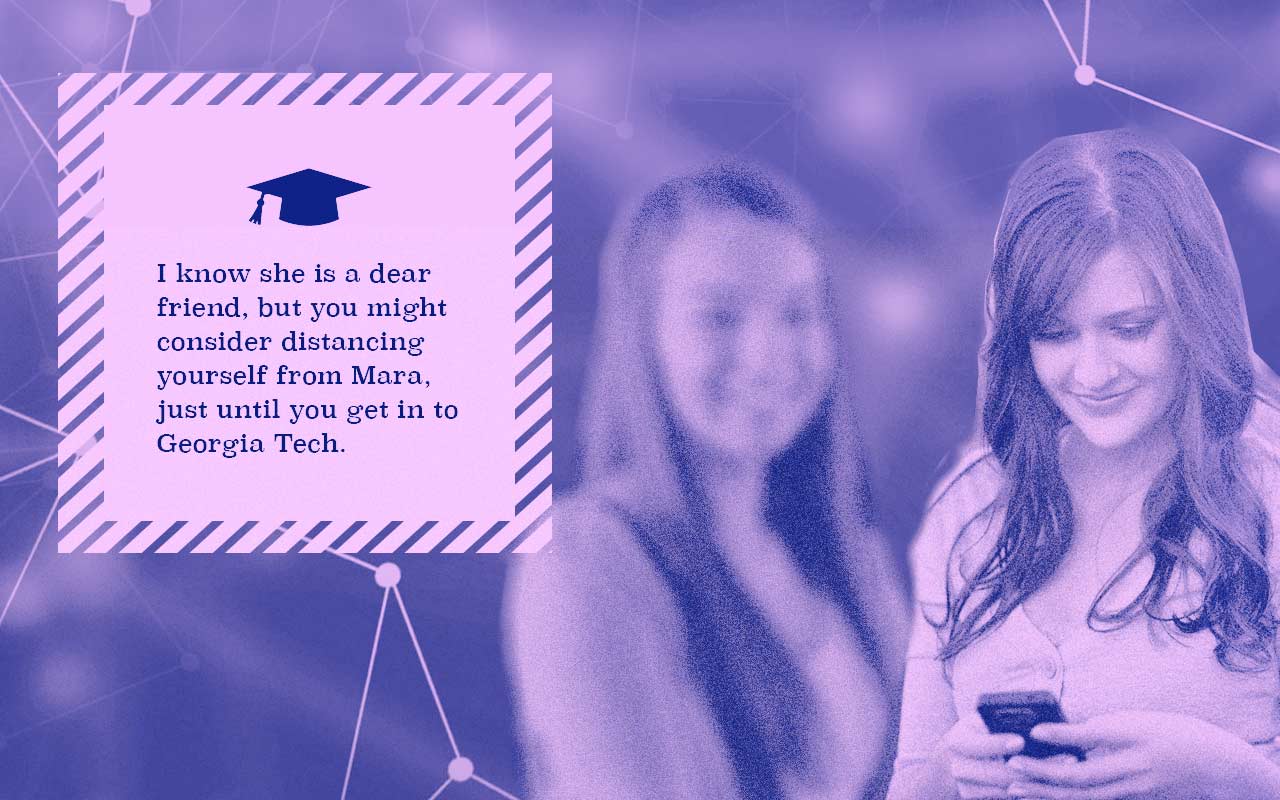
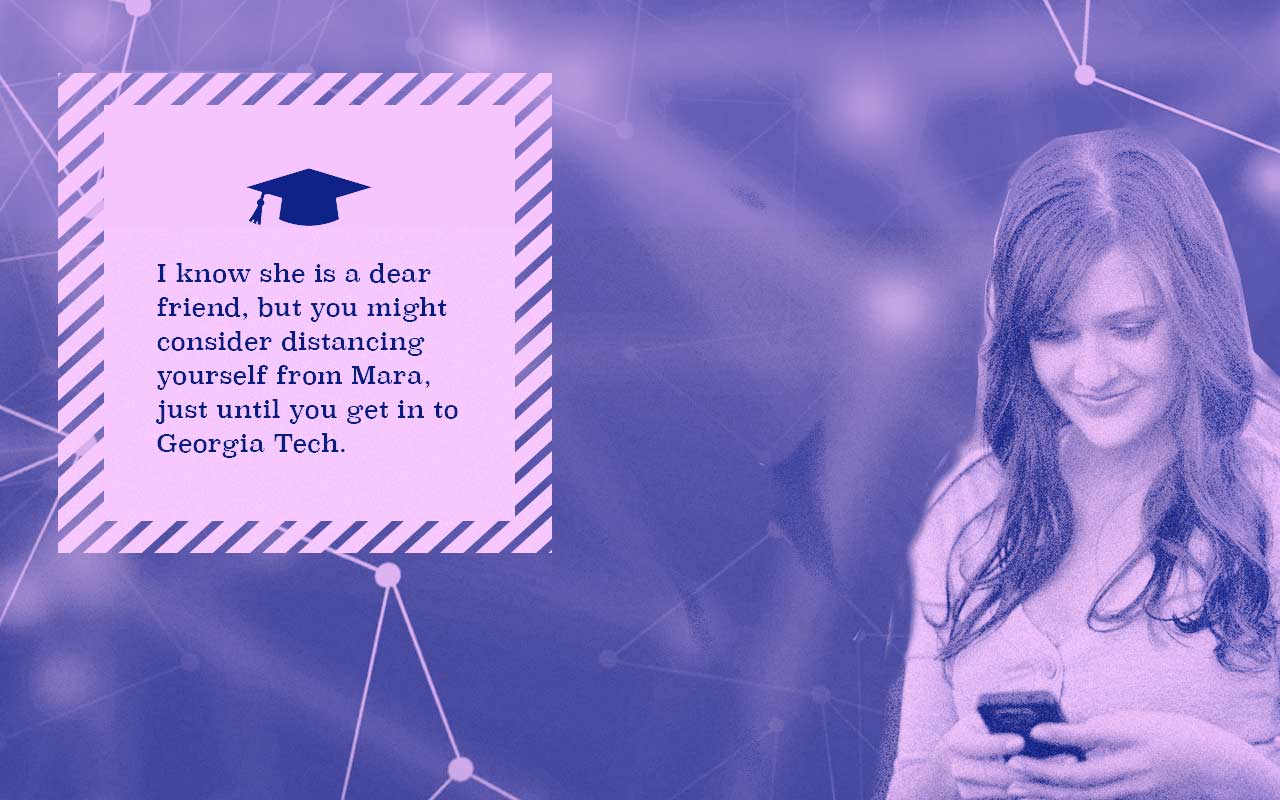



Problem Space:
In this design fiction, I explore a hypothetical future where AI assistants are used to optimize the chances of high schoolers to get into desired universities using data about previously admitted students. This AI organizes and guides prospective high school students through their final two years of their high school education. If the student follows the AI assistant’s advice scrupulously, they will have the highest chances of getting into the highly competitive, industry-focused accelerated bachelors programs that prepare students to work at the few remaining high-skill, high-pay jobs in an economy where much of the workforce has been replaced by automation.
I arrived at this space after going through several stages of ideation and iteration starting from a place of asking how ‘reality hacking’ might take place in the future. Although ‘reality hacking’ started in a more obtuse form (see my process of refinement below), it slowly morphed into this more subtle (and more likely) scenario that comments on the influence of AI and Algorithms in agency in day-to-day life.
Click through the slide show above to read the entire story.
ANALYSIS
I synthesized trends in higher education and continuing education, the future of work, trends in AI and some trends in technology, visualized below.
Mind map of relationships between trends in higher and continuing education, future of work, future of tech, and AI.
My World Building Process
This was my first go at world building, which meant it got messy. I followed a chain of worlds and interventions to my final world above, but the main theme that helped keep them all together was the idea of reality hacking. Below I detail my process of shifting between world and solution to new world until I reached my final, reality hacking world where teens are being subtly hacked by AI assistants to receive competitive advantages in higher education.
Iteration 1
Reality Hacking in a World of ‘Unbiased’ AI Generated News:
In a post-truth era, AI written news from primary sources has become standard. However, people have begun hacking reality with 3D printed prosthetics and adversarial images (like a bunch of 3D printed carrots look like a gun to an AI reading a video feed), staged violence, fake blood, etc. I then discuss possible methods for solving this problem: biohack back, self-aware AI, and AI lead discourse about truth in the news.
Iteration 2
Ways to detect Reality hacking:
My first iteration was an attempt at having more automated conversations around where news was coming from and it’s credibility. I created gifs that very roughly explored how in a ‘futuristic’ newsfeed on social media of some sort, one could be reminded that not all news is created equal. These conversations or reminders were guided by an AI, either through the help of an AI assistant, or through a type of symbol and mapping of verifiability.
Scrolling through a news feed,
Clicking on a dubious news story,
Exploring its roots and why it might be compromised.
Scrolling through a news feed,
Being intercepted by an AI assistant
who warns about nefarious news.
ITERATION 3:
Hyper-Subtle Reality Hacking through Topographic Data Analysis
& AI Targeting
After a conversation with my professor, we realized the potential of Reality Hacking could be much more subtle. How might automation or big data allow people to shift reality through subtle interjections/intersections. To this end, I began to imagine scenarios where reality hacking was accomplished through probability, topographic data analysis, subtle placement of objects and personalized, automated news surfacing algorithms. In this iteration I became interested in assemblage theory, topographic data analysis, and hyper-subtle systems-influencing methods.
Iteration 3:
The Forensics of Solving Reality Hacking
I had intended to take the hyper-subtle methods of reality hacking and explain ways that detectives might unravel these instances through pattern analysis. These gifs and images are evidence of that line of thought. The carousel below explores ideas such as machine learning expression reading for hints of dishonesty, tracking heart rates to see if patterns of excitation match patterns of action (was their heart racing before they even instigated the ‘crime’), and antagonistic 3D printing of things like a bunch of carrots that are read as an automatic weapon by computer vision. The images below also represent a visual language for the story I was about to tell that has been synthesized in my final reality hacking world and story at the top of the page.
However, I had a last minute realization that reality hacking is, to some extent, already happening with algorithmic suggestions, advertisements and etc. What if this was translated into a story where those types of algorithms began to erode basic human values like freedom exploration in education, freedom in adolescence, liberal arts education, etc. I therefore shifted from this reality hacking storyline to a storyline closer to our every day lives where data and automation help college students get into prestigious programs.


